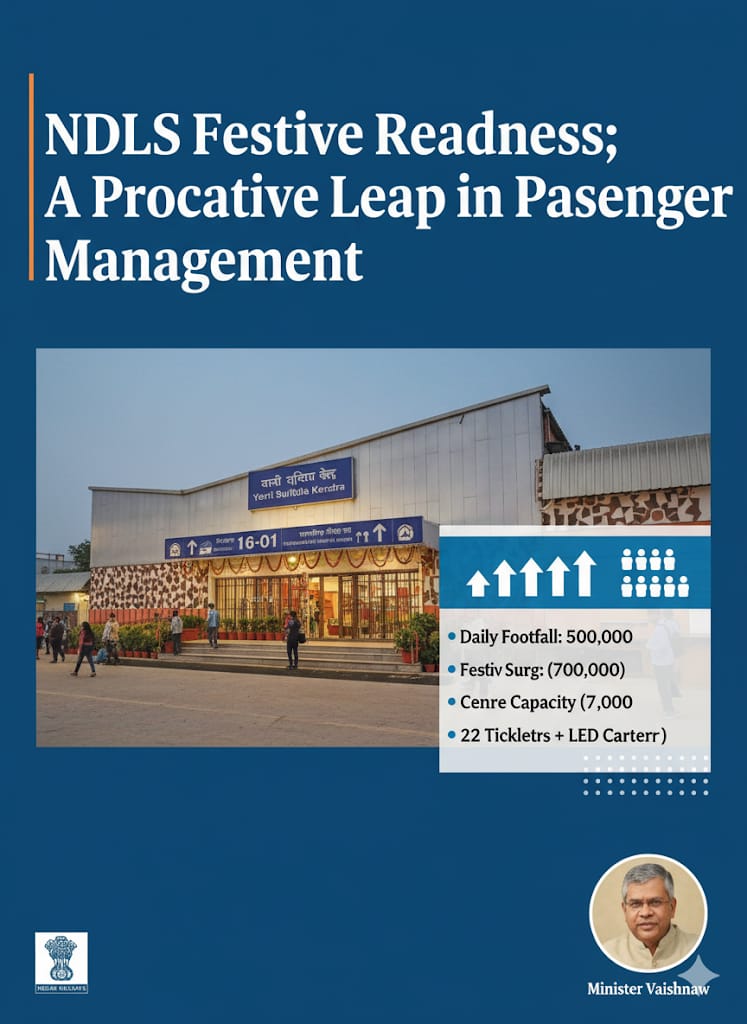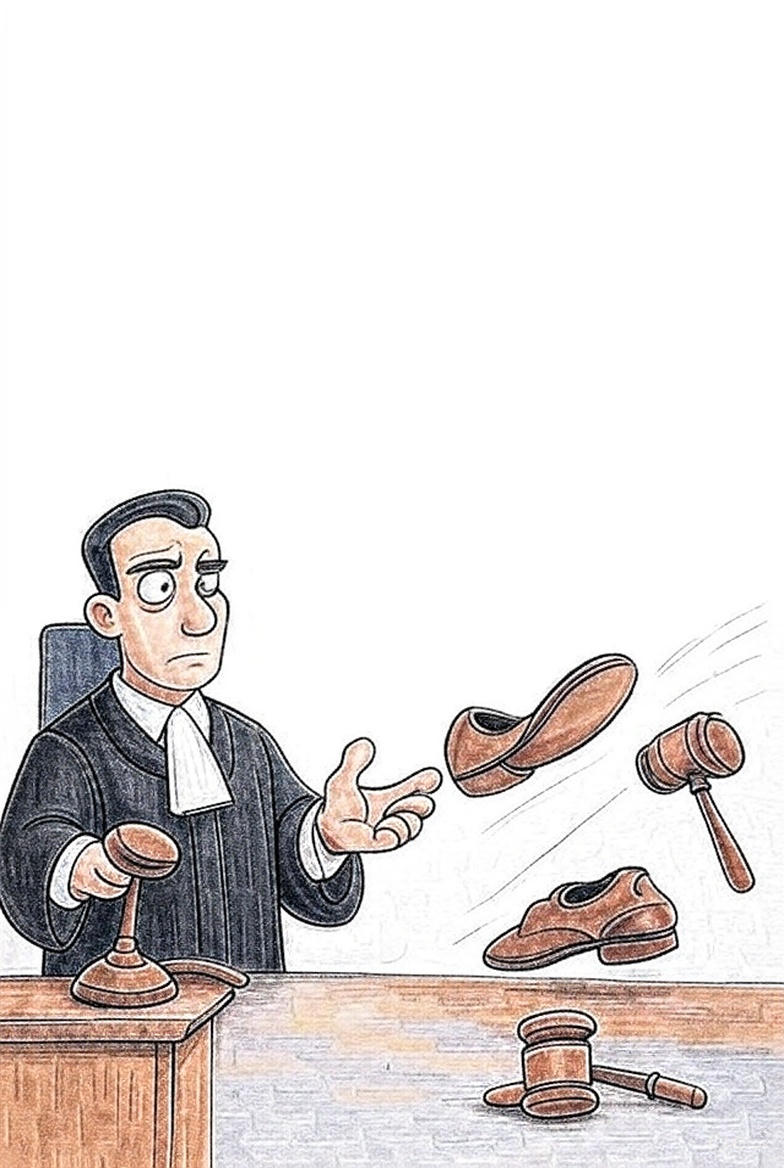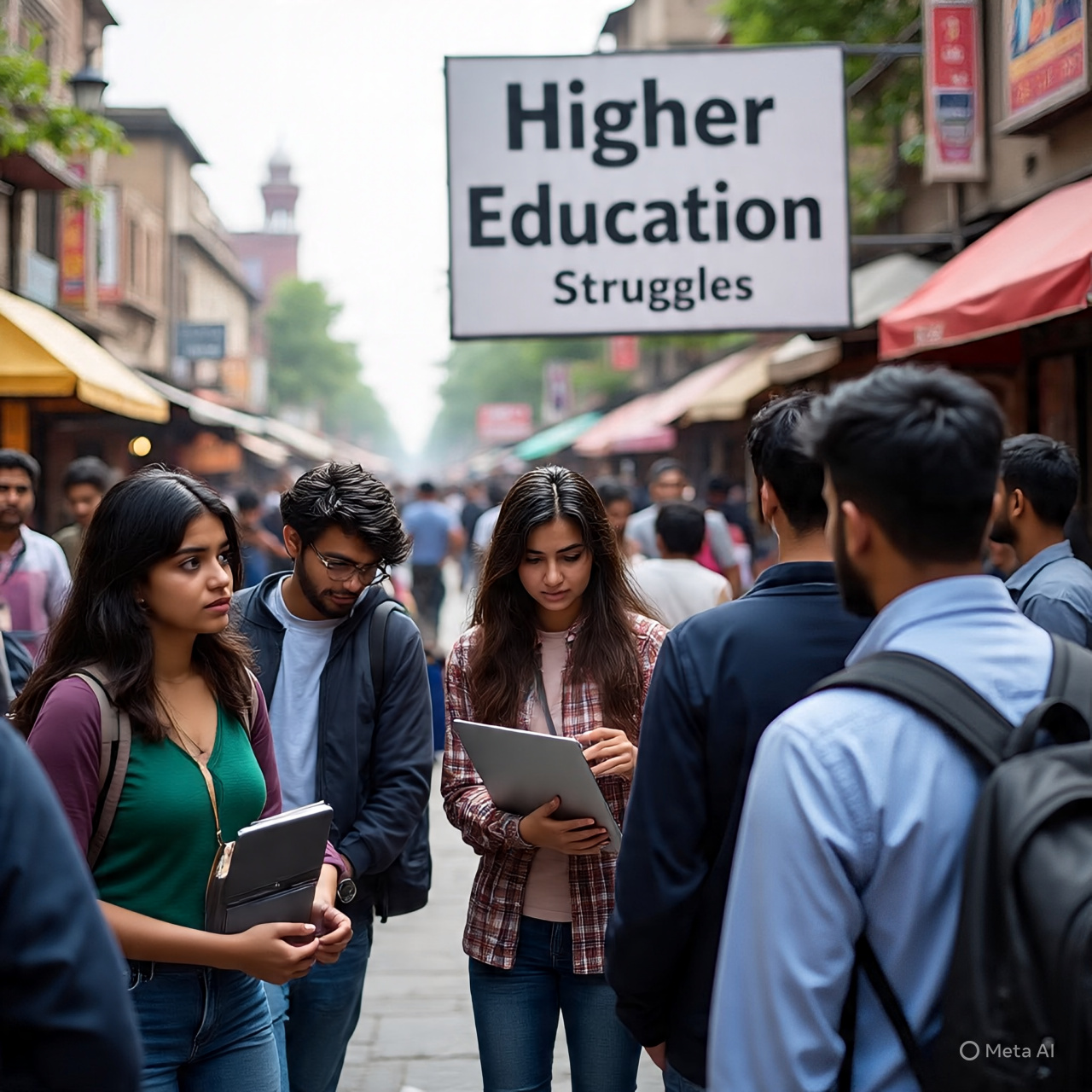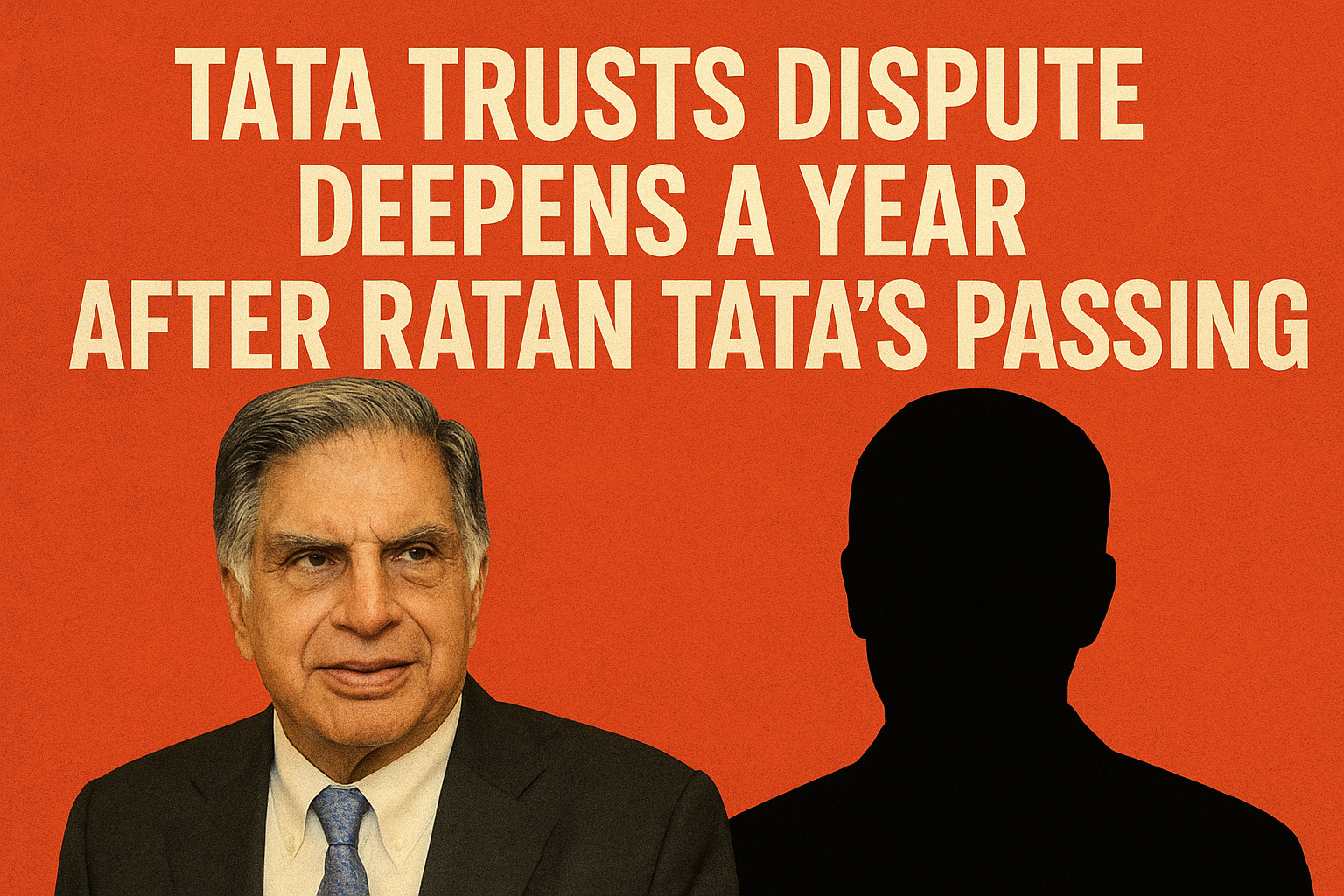
Deep beneath the sunlit plains of Gauteng, where limestone walls have silently guarded secrets for millions of years, a grand reopening is underway. The Sterkfontein Caves — part of the UNESCO World Heritage Site known as the Cradle of Humankind — have swung their gates open again, welcoming visitors back into one of Earth's oldest chapters.
Located roughly 50 kilometers northwest of Johannesburg, the caves were closed for nearly three years due to severe flooding. Now, with repairs complete and safety measures in place, the reopening marks not just a return to tourism, but a profound reconnection with humanity’s deepest roots.
Visitors entering the caves will find themselves not merely walking through hollowed rock, but stepping back into epochs when early hominids first emerged. The reopening offers a rare, exhilarating chance to witness live excavations. Scientists and researchers work shoulder to shoulder with the past, brushing away millennia of dust in search of bone fragments and fossils that might yet rewrite the story of human evolution.
Among the diggers is 40-year-old Itumeleng Molefe, whose careful hands and sharp eyes have helped unearth priceless treasures since he joined the excavation team in 2013. His most prized discovery so far is a simple, poignant relic — an ancient human hand bone, a humble testament to the lives that once moved through this primeval world.
For Molefe, the Sterkfontein Caves hold a personal legacy. His father was part of the pioneering team that uncovered "Little Foot," one of South Africa’s most famous fossils. Little Foot, named for the size of its bones first identified in the 1990s, remains the most complete skeleton of an early hominin yet discovered. Experts estimate the ancient ancestor lived between 1.5 and 3.7 million years ago — a silent witness to the slow, halting march of evolution.
“This reopening represents a significant evolution in how we share the story of human origins,” said Nithaya Chetty, dean of the Faculty of Science at the University of the Witwatersrand, which manages the caves and the nearby museum. Chetty emphasized the importance of allowing the public to engage directly with scientific research as it happens, breaking the traditional walls between museum displays and active discovery.
Before the COVID-19 pandemic brought the world to a standstill, the Cradle of Humankind received close to 100,000 visitors annually. With its reopening, there is hope that both local and international tourists will once again flock to this extraordinary site, bringing curiosity, wonder, and fresh energy.
Adding to the experience, a temporary exhibit featuring fossils has been set up at the museum adjacent to the caves. Among the star attractions is "Mrs Ples," the remarkably preserved skull of Australopithecus africanus, discovered in 1947. Considered one of the most complete early hominin skulls ever found, Mrs Ples has become an icon of paleoanthropology, offering rare insight into our ancient cousins.
The Sterkfontein Caves stand today as a bridge across millions of years — a place where science, imagination, and history converge. As visitors descend the winding staircases into the echoing chambers below, they do not merely observe the past; they are invited to touch it, to marvel at it, and perhaps, to see themselves anew in its flickering light.
In an era captivated by what lies ahead, the Cradle of Humankind reminds us that sometimes, the greatest journeys are the ones that take us back to where it all began.




.jpeg)
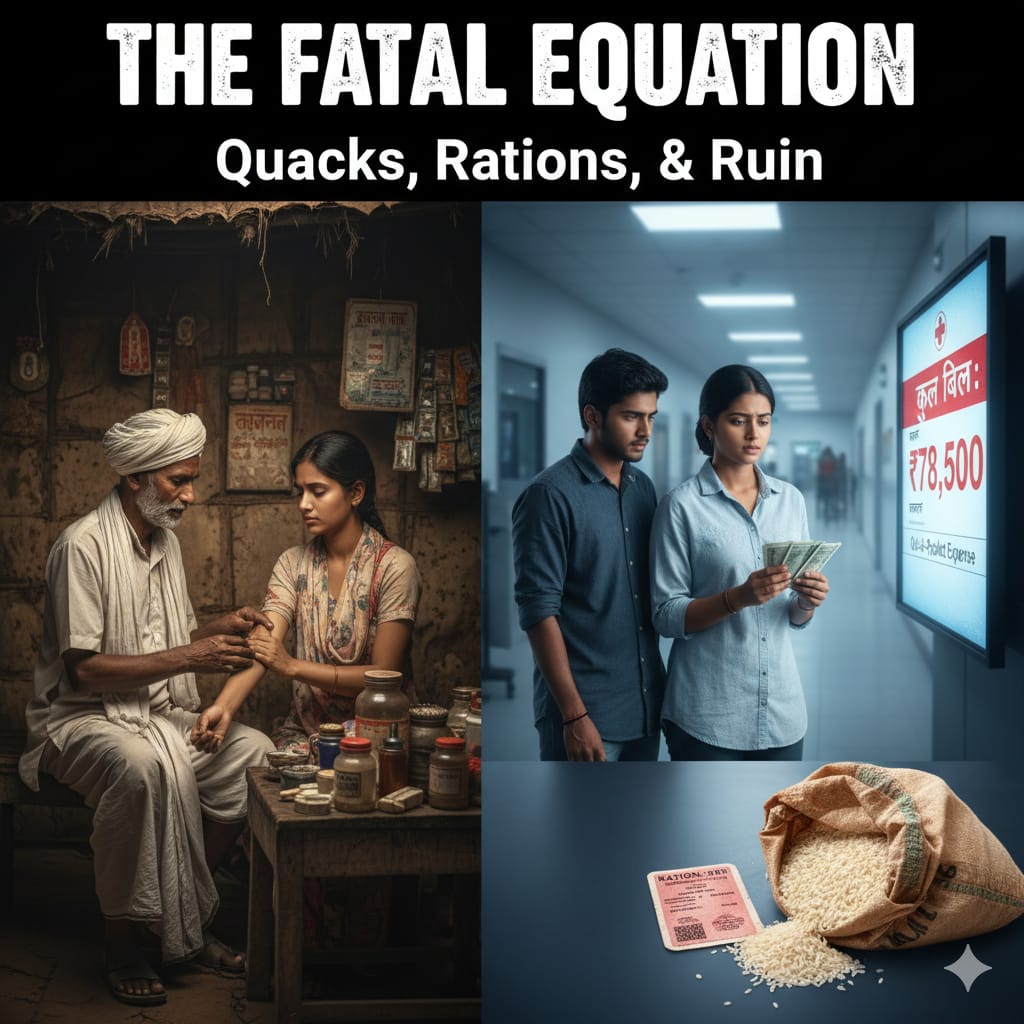
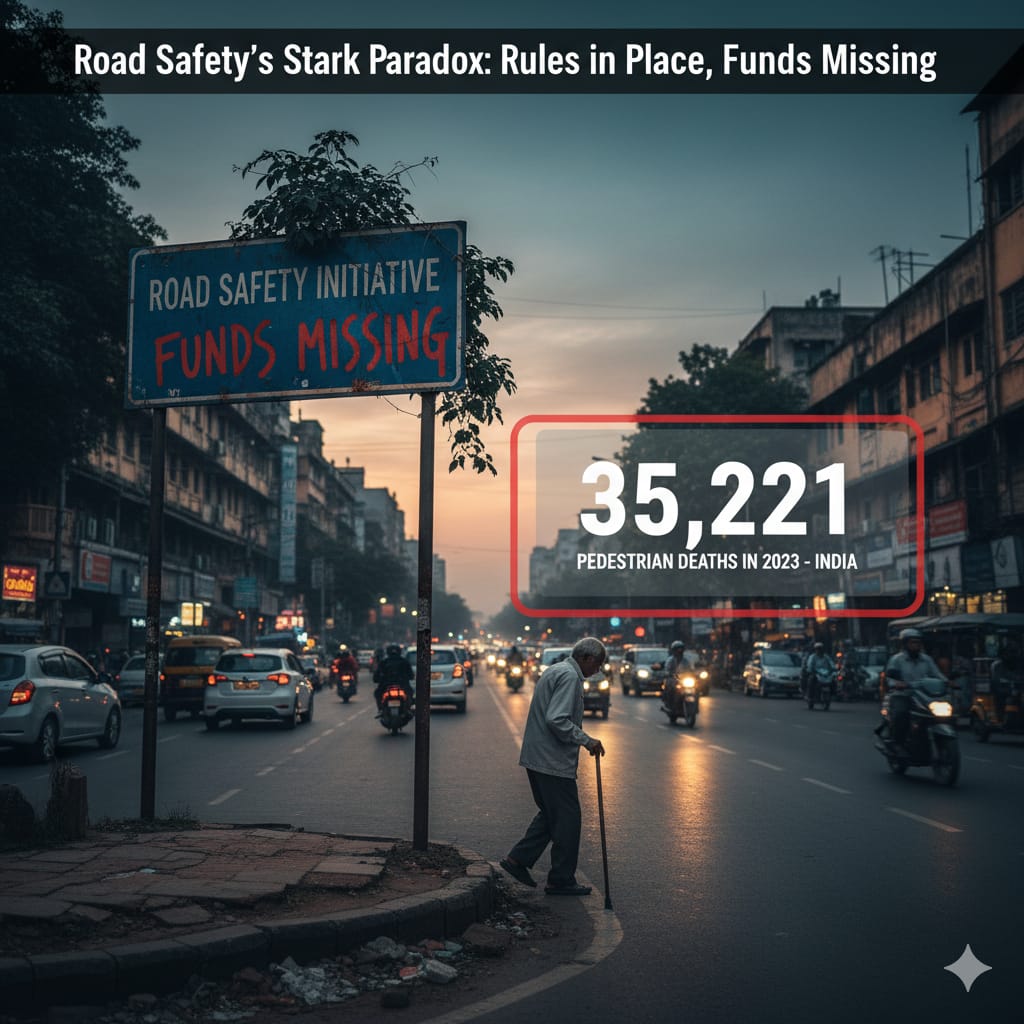
.jpeg)



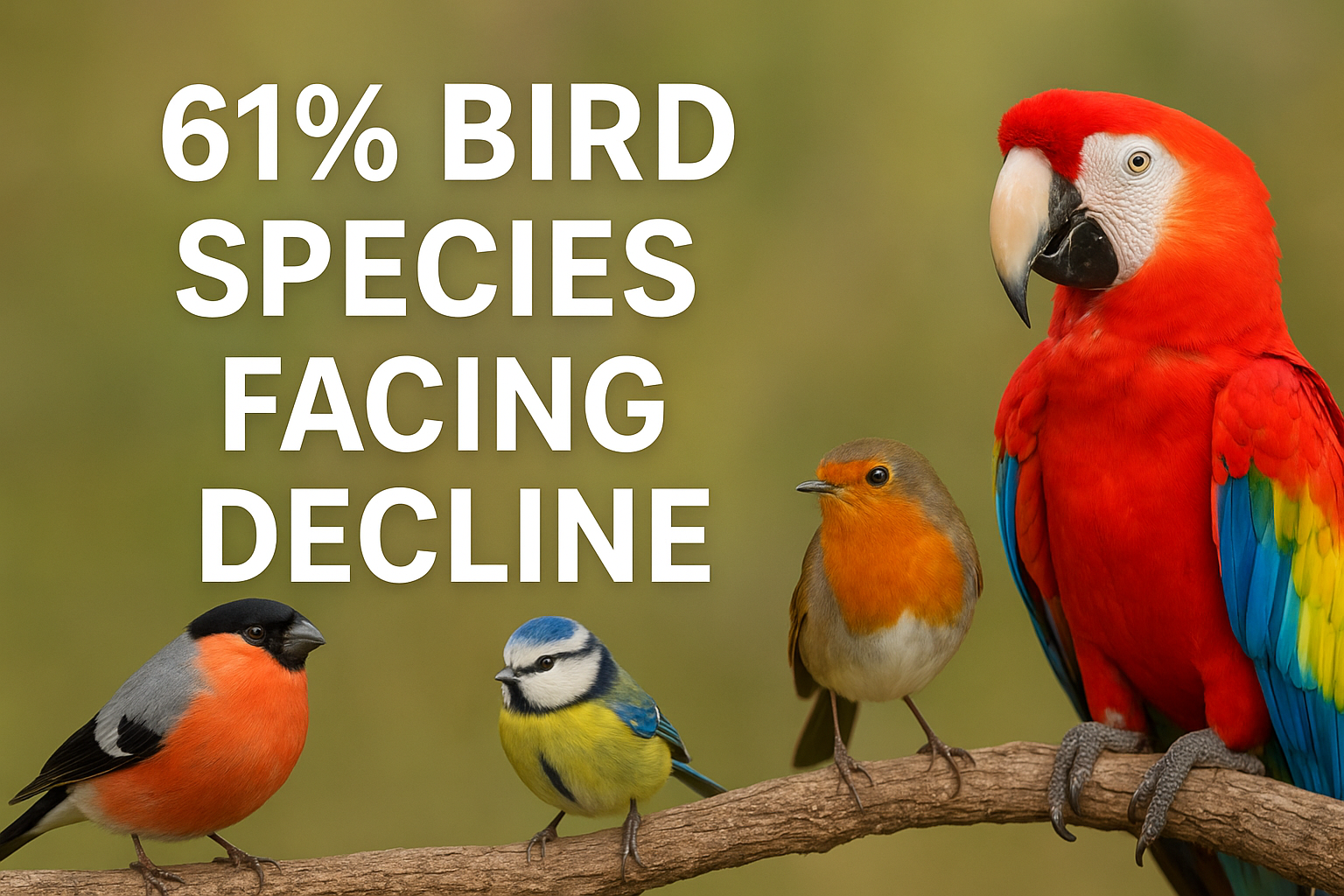
.jpeg)
